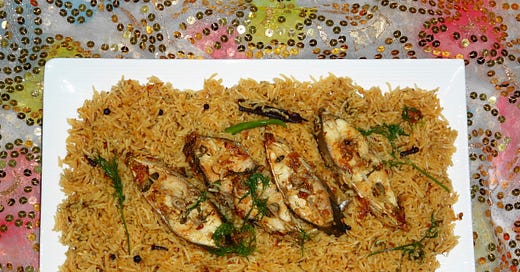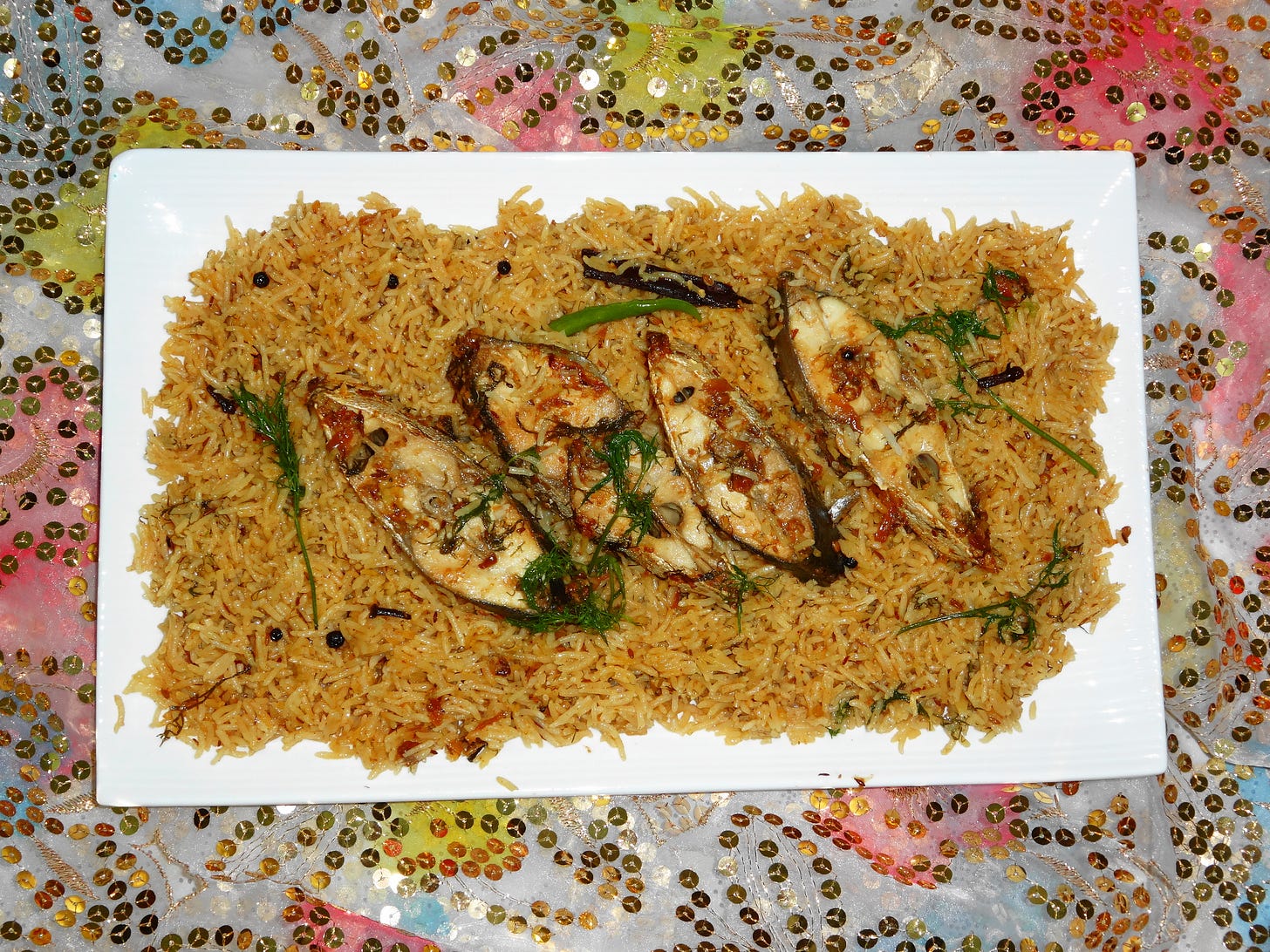If you are Bengali or Indian, then without a doubt, you have heard of Murshidabad. This city was the capital of Bengal in British India. It is known that in 1757, during the Battle of Plassey, Bengal's last independent Nawab, Siraj-ud-Daula, was defeated, and East India Company took control of Bengal and, consequently, all of India. The capital of Nawab Siraj-ud-Daula was the city of Murshidabad. Before that, under Mughal rule, the capital of Bengal was in Dhaka. Murshidabad was named after contemporary Bengali Nawab Murshid Quli Khan. Murshid Quli Khan was born in South India. At the time of his birth, his name was Surya Narayan Mishra. When he was in his twenties, he was sold to the Mughal army under Haji Safi, a former high-ranking Mughal officer from Isfahan. Little else is known about this period.
It is believed that he converted to Islam, becoming a favorite of Mughal Emperor Aurangzeb. In the year 1700 AD, he was appointed as the Diwan (revenue collector) of Subah Bengal. However, he had a conflict with the contemporary Subahdar (governor) of Bengal, Azim-us-Shan, and subsequently abandoned Dhaka, moving the Diwani (revenue collection) office to the city of Murshidabad on the western bank of the Ganges. Azim-us-Shan was displeased with this, but Murshid Quli Khan, being Aurangzeb's favorite, could not be opposed further. As the Diwan, Murshid Quli Khan collected substantial revenue and, with Aurangzeb's permission, changed the name of Murshidabad to Murshidabad from Mukshudabad. The name Murshidabad means 'the city of Murshid Quli Khan'.
This is how Murshidabad got its name. In the following years, as the decline of the Mughal Empire began, the capital of Bengal moved to Murshidabad, where it remained stable until the time of Siraj-ud-Daula. After Siraj's defeat, the center of power in Bengal shifted to Calcutta, the capital of British India, and only the Nawabs of Bengal continued to rule from Murshidabad until 1880. Afterward, their rule over Bengal ended, and the other Nawabs were known as the Nawabs of Murshidabad. In short, this is the history of approximately 200-250 years of Nawabi rule in Murshidabad.
The cuisine of Murshidabad was profoundly influenced by Mughal culinary traditions. However, the local produce and preferences were equally cherished. Instead of beef and lamb, the spotlight was firmly on fish. Fish, a beloved staple in Bengali cuisine, took center stage in Nawabi feasts.
Mahi Pulao, a testament to this fusion of Mughal and Bengali culinary sensibilities, emerged as a beloved dish from the Nawabi menu. The word 'Mahi' itself is Persian for fish, highlighting the star ingredient of this dish. To create Mahi Pulao, fish is marinated with a blend of ginger, salt, and red chili powder, allowing the flavors to infuse for at least four hours. The marinated fish is then expertly fried until it achieves a beautiful golden-brown hue.
Simultaneously, rice is prepared with a fragrant blend of cloves, cinnamon, cardamom, and other aromatic whole spices. It's important not to cook the rice to perfection at this stage because it needs to meld harmoniously with the fish later. In a separate pan, the fried fish is cooked with ghee, tomatoes, onions, yogurt, and an array of spices. The fish is gently simmered in this flavorful masala until it becomes tender and succulent.
The magic unfolds when the fragrant, spiced rice and the fish masala meet. They are carefully layered together and cooked on a low flame in a sealed pot—a cooking technique known as 'dum.' As a final touch, a drizzle of milk and saffron (zaffran) are added, infusing the dish with their delicate hues and flavors.
Mahi Pulao or Biryani is a celebration of spices. The marinade infuses the fish with a fiery kick, balanced by the cooling effect of yogurt and the sweetness of caramelized onions. The rice, steeped in aromatic spices, provides a fragrant backdrop that elevates the fish to another level. Each bite is a harmonious blend of textures and flavors, a testament to the culinary expertise of the Murshidabadi chefs.
Despite the nation's collective love for biryani, Mahi Pulao remains an underrated gem of the Eastern culinary repertoire. Its subtle blend of flavors, the delicate interplay of fish and rice, and the rich history that accompanies every plate make it a dish that deserves more recognition.
In the heart of Murshidabad, where the past meets the present through its palaces and streets, Mahi Pulao stands as a testament to the region's culinary legacy. This dish encapsulates the essence of Nawabi grandeur, combining the opulence of Mughal traditions with the simplicity of local Bengali flavors. With every aromatic spoonful of Mahi Pulao, one not only tastes the deliciousness but also experiences a slice of history—a history that continues to live on through this iconic fish biryani. So, the next time you savor this dish, remember that you are partaking in a centuries-old tradition that has transcended time and borders.




